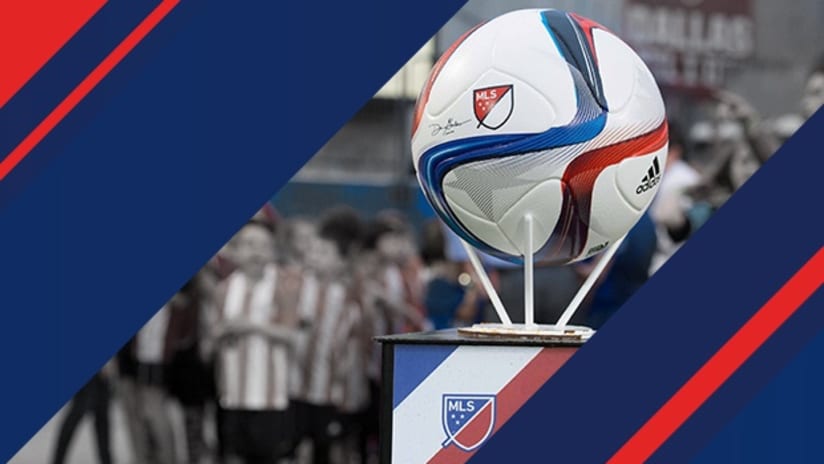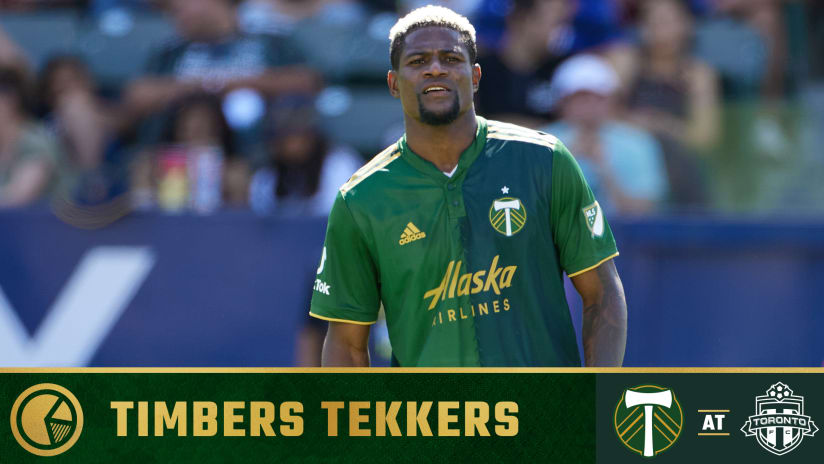Major League Soccer promised more clarity and a streamlined player acquisition process, and on Friday, the league delivered with the unveiling of the 2015 roster rules.
Included in the rules is a revision to the process by which MLS clubs can acquire players. The streamlined process goes into effect May 1, 2015.
A SIMPLIFIED ALLOCATION PROCESS
The Allocation Process has existed in MLS for a while, used mainly as a way to determine which club would have the right to sign US national team players. It was one of several mechanisms through which clubs acquired certain high-profile players. Other mechanisms included the DP Allocation Rankings, the weighted lottery, and the blind draw, which last year was used to allow the New England Revolution to sign Jermaine Jones.
Going forward, those additonal processes have been condensed into a single Allocation Process. The centerpiece of the revised system is a single fixed and public Allocation Ranking List (see list below) with the names of those players who would enter the league via the Allocation Ranking Order should they decide to sign with an MLS club. The list, determined by MLS club technical staffs and the league player personnel department, is comprised of:
- select US national team players;
- select elite US youth national team players;
- players transferred from MLS for a transfer fee of at least $500,000 (these names will be added to the list as transfers occur).
Except for the addition of players transferred for over $500,000 during the course of the season and other elite US youth national team players who turn 18 or graduate from the US Soccer Residency program, the player list will be updated once a year between the end of the regular season and MLS Cup.
Players on the Allocation Ranking List can be acquired via the Allocation Ranking Order, which operates similarly to the Allocation Order of past years: It is determined by the reverse order of finish from the previous season (including postseason performance) and clubs can trade their position in the Allocation Ranking Order. Once a team acquires a player via this mechanism, the team drops to the bottom of the Allocation Ranking Order.
DISCOVERY PROCESS: ENCOURAGING CLUBS
The other major change pertains to the Discovery process. All players not eligible to be acquired via the Allocation Ranking List or other standing acquisition mechanisms (SuperDraft, Waiver Draft, Re-Entry Draft, Homegrown signings, etc.) can be acquired on a first-come-first-serve basis via the Discovery process.
Beginning this season, each club can identify or "discover" up to seven players to scout and recruit by adding them to their Discovery list. This gives them the right to pursue and sign those players. The clubs can make changes to their Discovery list throughout the season, and each club's Discovery list does not reset at the end of an MLS season.
The names on club Discovery lists will not be made public by the league or the clubs in order for MLS clubs to maintain the confidentiality of players they are seeking to recruit from other MLS clubs.
If one or more clubs tries includes the same player to their Discovery Lists, the club that filed the claim first will have the priority right to sign the player. If one or more clubs submit a discovery request on the same day, then the club with the lowest points-per-game in the current MLS regular season (all clubs must have played a minimum of three regular season games) will have the priority right to sign the player.
A new, innovative aspect of the process should help encourage clubs to fill their Discovery lists with players they genuinely intend to pursue. If a club wants to sign a player who is on another team's Discovery List, it may offer the team $50,000 in allocation money in exchange for the right to sign the player. The team with the player on its Discovery list will then either (i) have to accept the allocation money and give up the opportunity to sign the player or (ii) make the player a genuine, objectively reasonable offer.
In addition to the players on the Allocation Rankings List, the players exempt from the Discovery process are:
- SuperDraft Eligible Players: US youth national team players, college players and players with college eligibility, including players under the age of 18;
- Homegrown Players: Players developed in a club's youth academy;
- College Protected Players: Players who were selected by MLS clubs in the SuperDraft and did not sign an MLS contract;
- Unsigned Players: Players who were (i) on a club’s roster who that club attempted, but were unable, to resign at the expiration of their contract (ex. Juan Agudelo and Roger Espinoza) or (ii) on a club’s Discovery List and who that club attempted, but were unable, to sign;
- Waived Players: Players who have been previously waived by an MLS club.
ALLOCATION RANKING LIST as of May 1, 2015 | ||
|---|---|---|
Player | Current club | Classification |
| Juan Anangono | Leones Negros (MEX) | Transfer |
| Alejandro Bedoya | Nantes (FRA) | Senior USMNT |
| Deshorn Brown | Valerenga (NOR) | Transfer |
| Geoff Cameron | Stoke City (ENG) | Transfer |
| Junior Flores | Borussia Dortmund (GER) | Youth USMNT |
| Giancarlo Gonzalez | Palermo (ITA) | Transfer |
| Julian Green | Hamburg (GER) | Youth USMNT |
| Brad Guzan | Aston Villa (ENG) | Senior USMNT |
| Doneil Henry | West Ham Utd (ENG) | Transfer |
| Tim Howard | Everton (ENG) | Senior USMNT |
| Aron Johannsson | AZ Alkmaar (NED) | Senior USMNT |
| Fabian Johnson | Borussia Monchengladbach (GER) | Senior USMNT |
| Fredy Montero | Sporting Clube (POR) | Transfer |
| Shaquell Moore | Unattached | Youth USMNT |
| Andy Najar | Anderlecht (BEL) | Transfer |
| Marc Pelosi | Liverpool (ENG) | Youth USMNT |
| Tim Ream | Bolton (ENG) | Transfer |
| Alain Rochat | BSC Young Boys (SWI) | Transfer |
| Oriol Rosell | Sporting Clube (POR) | Transfer |
| Rubio Rubin | FC Utrecht (NED) | Youth USMNT |
| Richard Sanchez | UANL Tigres (MEX) | Transfer |
| Camilo Sanvezzo | Queretaro (MEX) | Transfer |
| Jose Valencia | Independiente (ARG) | Transfer |
| DeAndre Yedlin | Tottenham (ENG) | Transfer |












